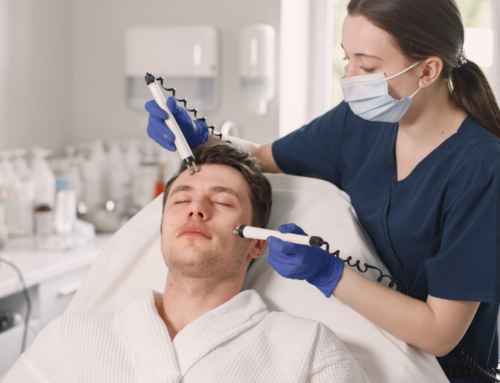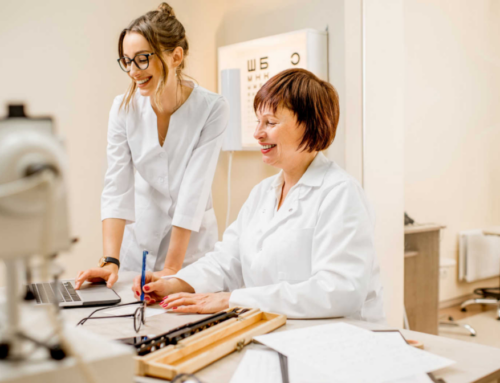In recent years the private equity acquisition market has been heating up. If you are a private dermatology practices who is looking to sell then you stand to gain from the industry’s interest.
Part of the reason why the private equity market is in such a rush to acquire dermatology practices stems from a historically large surplus of cash that is waiting to be invested. Additionally, the increasing number of private-equity firms investing in dermatology practices has set the stage for a continued roll-up strategy of small and mid-size practices, to expand footprints regionally and grow new markets. Due to the Corporate Practice of Medicine (CPOM) laws prohibiting business corporations from physicians in the practice of medicine there has been a slowing down of new investment in some states. These are a central component to medical practice deal structures but don’t exist in all states and vary in strictness within the states that they do exist in. So depending on the state in which your dermatology practice operates, you may have an easier or more difficult time completing your deal with a private equity firm depending on your state’s CPOM laws.
Typically, private equity investors want to invest in businesses that are already well run. When targeting dermatology practices for acquisition, private equity investors will focus on three factors: cash flow, stability, and growth potential. As a Dermatology practice owners you will want to review your practice’s overhead expenses to find ways to cut costs and improve cash flow before approaching the private equity market. A thorough review of your practice’s financial metrics as compared to similarly sized practices near you should also give you an idea of how attractive your practice might be to a private equity buyer.
One risk factor that might scare private equity investors looking at dermatology practices is the lack of involvement of physician-owners post-sale. With physician productivity being an important source of revenue, agreements are typically put in place to retain physician-owners for a few years post-acquisition. In fact, many private equity firms are offering “participation” opportunities to the selling physicians, to retain equity in the practice until a later resale date.
With the increasing prevalence of private-equity buyers in the dermatology space, deal structures are have started to become more stringent. Two features a physician-owner might expect to see in a private equity sale of their private dermatology practice are holdbacks and earn-outs. Holdbacks, ranging from physician hours to breaching representations and warranties, are commonplace when dealing with financial sponsors. Holdbacks consist of buyers placing a portion of the purchase price in escrow for a defined period. Earn-outs represent portions of the consideration that vary in amount based on performance.
Younger physicians might be bogged down with higher education debt and may be uninterested in taking on more administrative responsibility. Private equity deals can be structured to alleviate the administrative responsibility of the practicing physicians as well as encourage associate physicians to remain with the practice with growth opportunities and tailored buy-in arrangements.
As you can see a lot of important factors go into this decision. Make sure you are being properly advised. Practice Advisors 360 is the nation’s leading dental advisory company. Contact us today at (844) 360-8360 or visit us online at practiceadvisors360.com






